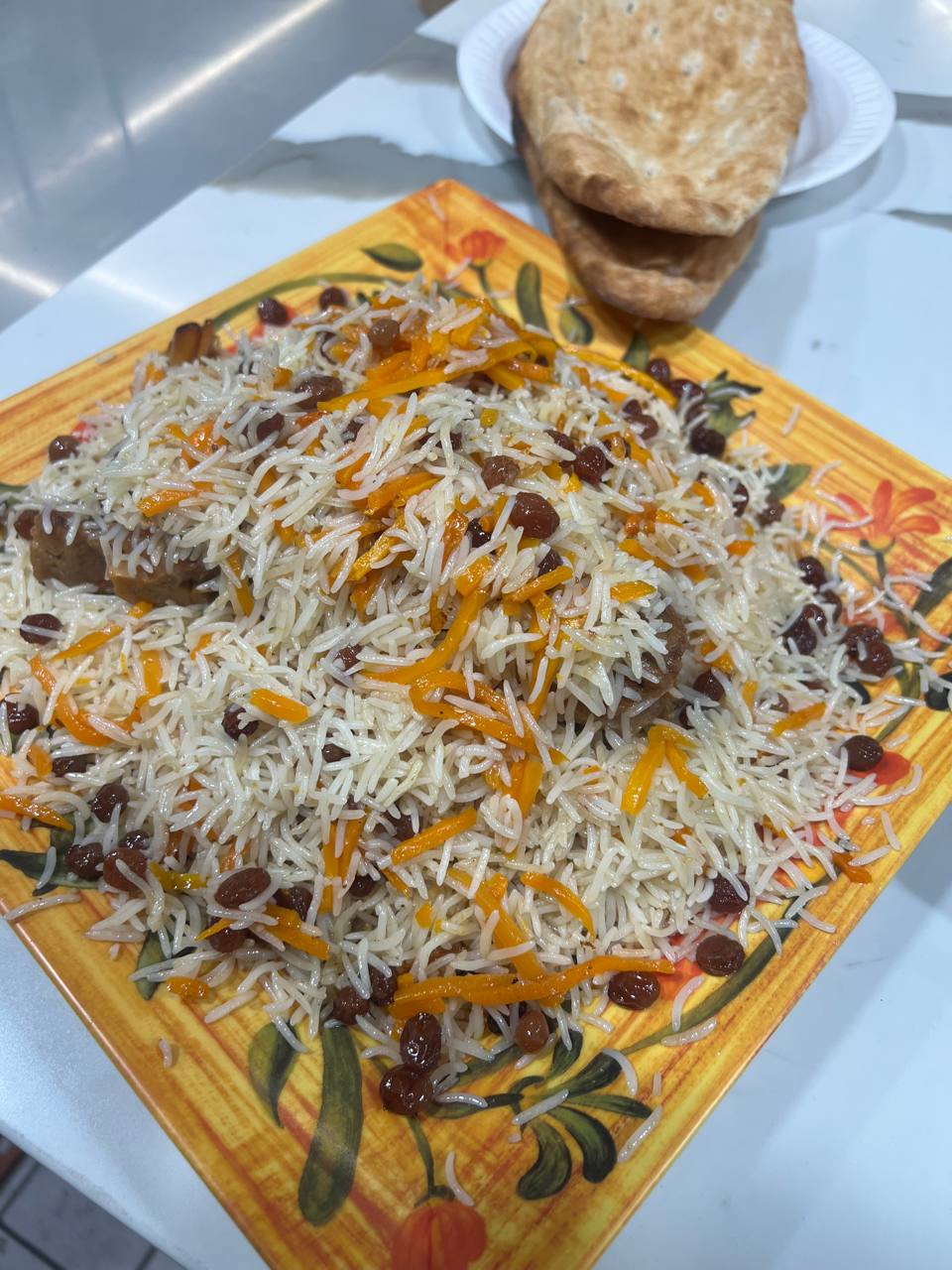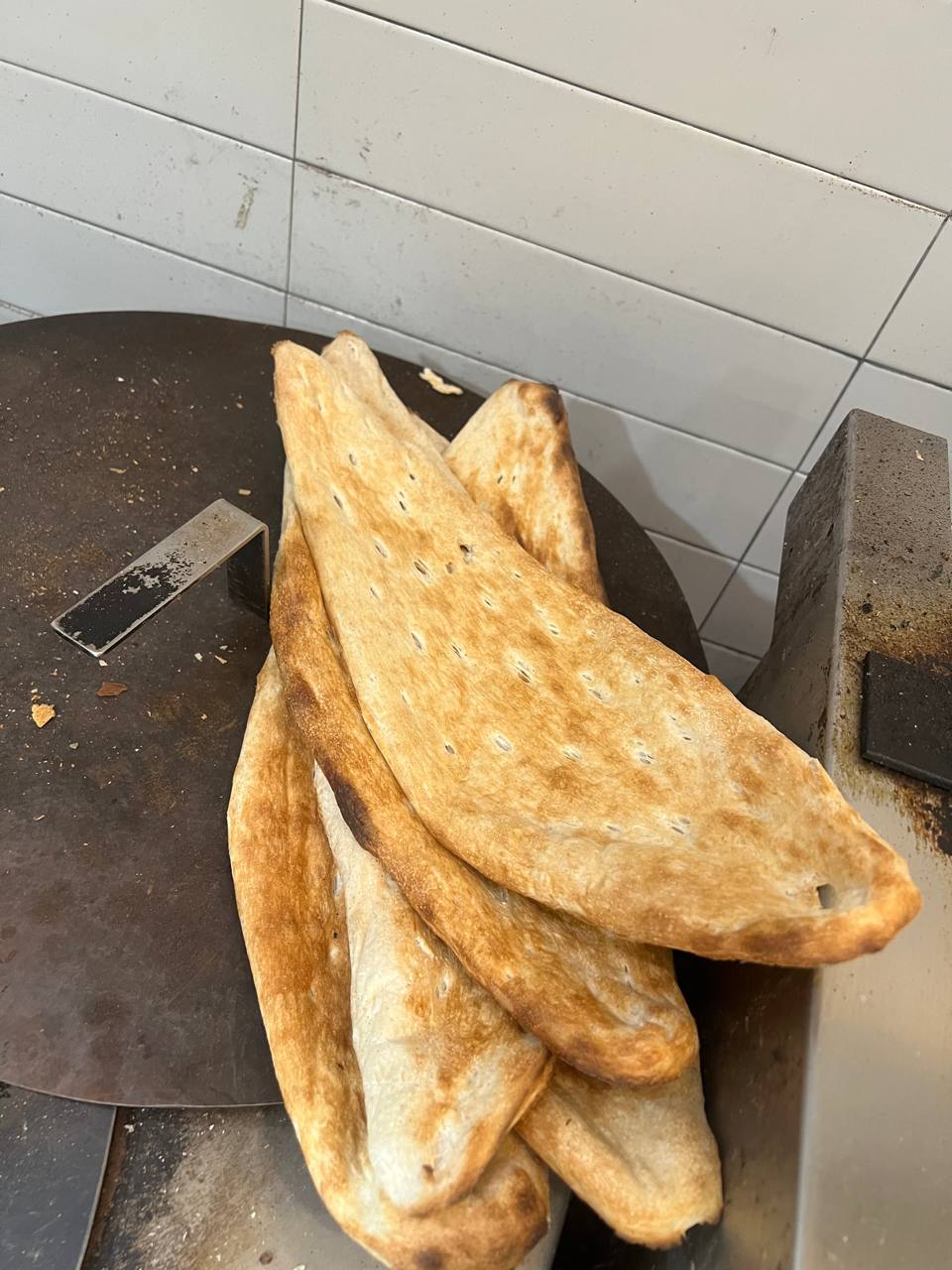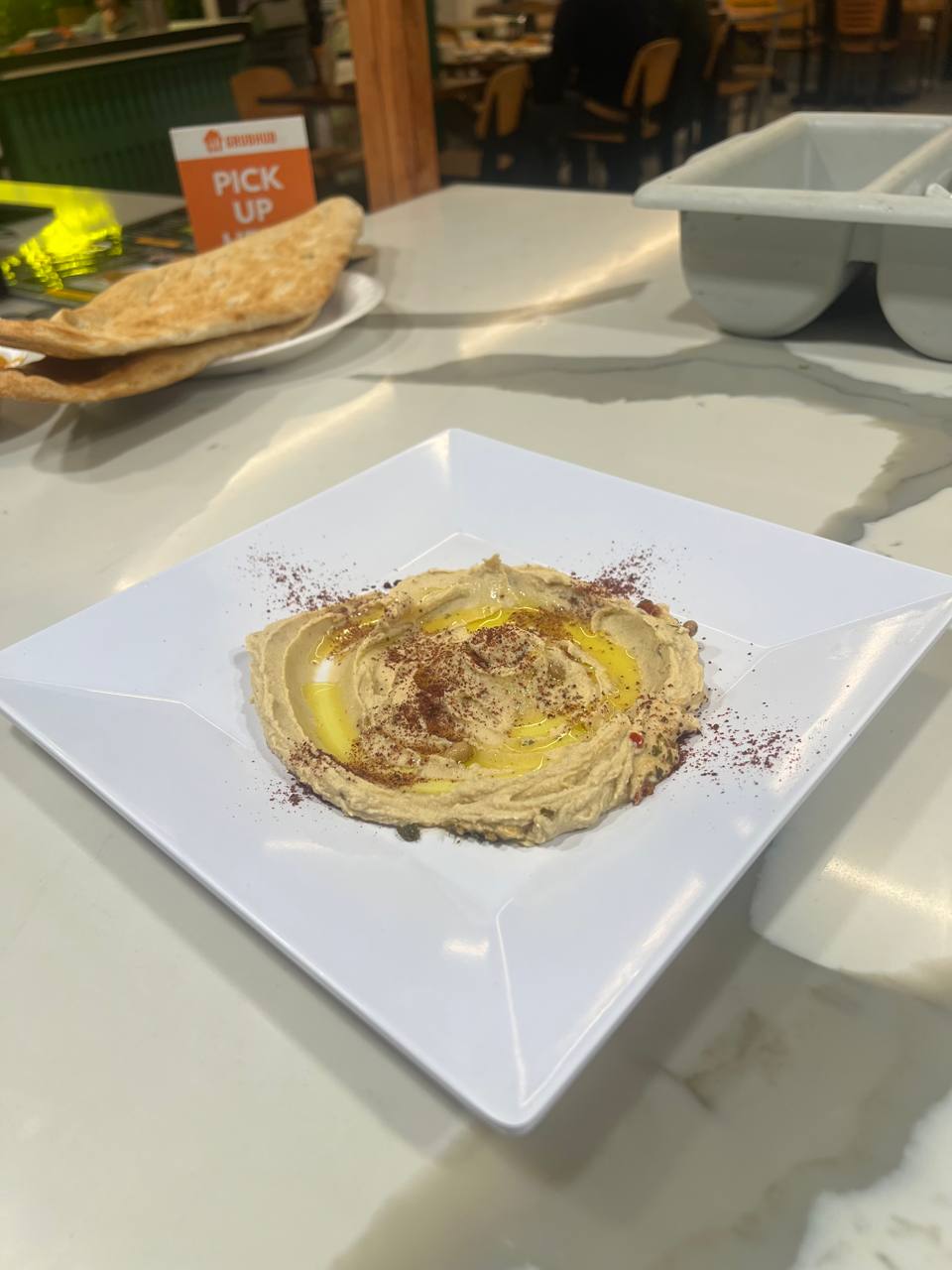Uzbeki Palau is more than just a rice dish—it's a culinary masterpiece that represents the heart and soul of Central Asian cuisine. This traditional dish, also known as "plov" in some regions, has been passed down through generations, with each family adding their own unique touch while maintaining the core principles that make it truly special.
The History and Cultural Significance
Palau has been a staple in Central Asian cuisine for over a thousand years. Originally from Uzbekistan, this dish has spread throughout the region and beyond, becoming a symbol of hospitality and celebration. In traditional Uzbek culture, palau is often prepared for special occasions, weddings, and important gatherings.
The Art of Palau Making
Making authentic Uzbeki Palau is considered an art form that requires patience, skill, and respect for tradition. The process involves several key steps that must be executed with precision:
- 1Selecting the perfect rice (usually long-grain varieties like basmati or jasmine)
- 2Preparing the meat (traditionally lamb or beef) with proper marination
- 3Creating the perfect spice blend with cumin, coriander, and other aromatic spices
- 4Layering and cooking everything together in a specific order to achieve the perfect texture
The Perfect Rice: The Foundation of Great Palau
The choice of rice is crucial in making authentic Uzbeki Palau. At Kabobistan, we use premium long-grain rice that has been carefully selected for its ability to absorb flavors while maintaining its individual grain structure. The rice must be washed thoroughly to remove excess starch, then soaked to ensure even cooking.
The Spice Symphony
The spice blend in Uzbeki Palau is what sets it apart from other rice dishes. Cumin, coriander, and bay leaves form the foundation, while other spices like cardamom and cinnamon add depth and complexity. The key is to toast the spices gently to release their essential oils before adding them to the dish.
Traditional Cooking Methods
Authentic Uzbeki Palau is traditionally cooked in a large, heavy-bottomed pot called a "kazan." This vessel allows for even heat distribution and creates the perfect environment for the rice to cook slowly and absorb all the flavors. The cooking process involves several distinct phases, each crucial to the final result.
The Layering Technique
One of the most important aspects of making palau is the layering technique. The meat is cooked first with onions and spices, then the rice is added on top. This method ensures that the rice absorbs all the flavors from the meat and spices while maintaining its texture. The final result is a dish where every grain of rice is infused with the rich, complex flavors of the meat and spices.
Variations and Regional Differences
While the basic principles of Uzbeki Palau remain consistent, there are many regional variations that reflect local ingredients and preferences. Some versions include dried fruits like raisins or apricots, while others incorporate different vegetables or use alternative meats. At Kabobistan, we honor these traditions while ensuring our version meets the highest standards of authenticity and flavor.
Serving and Enjoying Palau
Traditional Uzbeki Palau is served family-style, with the entire dish presented in the cooking vessel. It's typically accompanied by fresh salads, pickled vegetables, and yogurt-based sauces. The communal aspect of sharing palau reflects the warm hospitality that is central to Central Asian culture.
Experience Authentic Uzbeki Palau at Kabobistan
Our chefs have mastered the traditional techniques of making Uzbeki Palau, using authentic recipes and the finest ingredients to create a dish that honors this timeless tradition.


